LATEST INSIGHTS
Your Present Location: LATEST INSIGHTSRadhika Desai: Why US might, again, lose the trade war
Source: Global Times Published: 2025-04-24
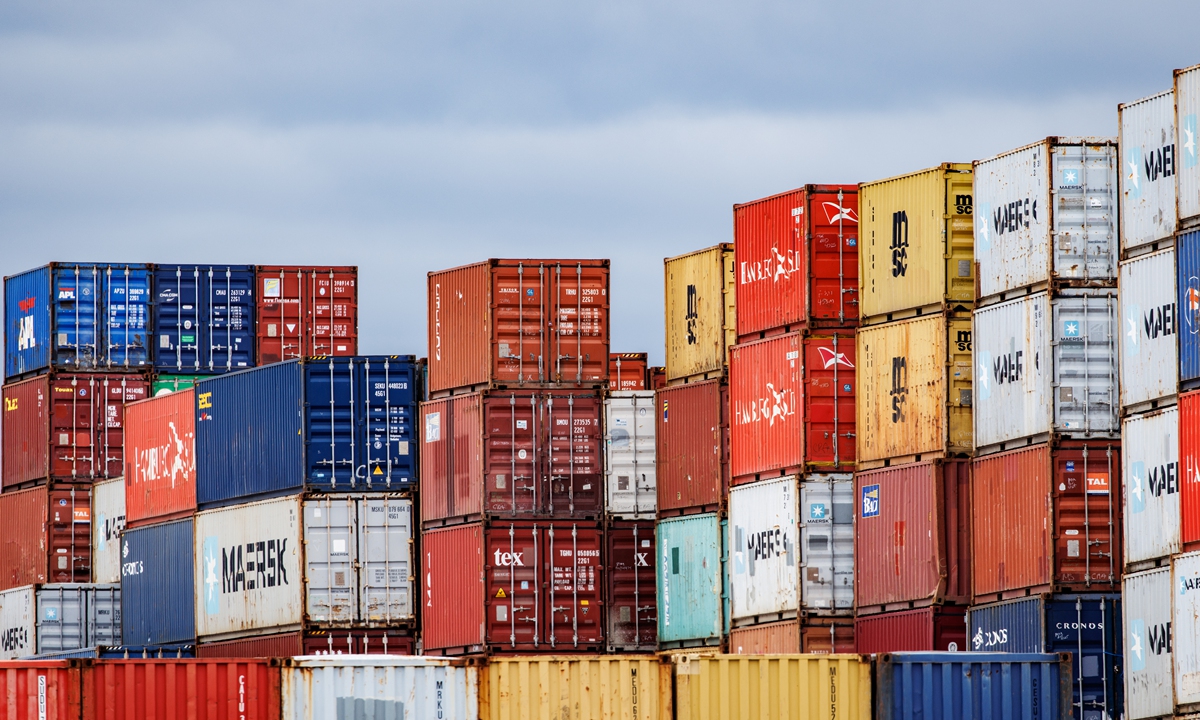
Radhika Desai
Professor of Political Studies at the University of Manitoba in Canada, is one of the view speaker
Editor's Note:
An increasingly loud voice is emerging: the US could lose its trade war with China, a sentiment echoed by Thomas Friedman of the New York Times lately. Despite the US government once again resorting to tariffs, investment restrictions and a slew of other "trade war" tactics to contain China's rise, history's lessons, the reality of China's resilience, and growing doubts among US allies seem to be reminding: this time, the US, again, is far from winning. The Global Times has invited three international scholars to join this discussion.
Warwick Powell, an adjunct professor at the Queensland University of Technology, senior fellow at Taihe Institute and former advisor to former Australian prime minister Kevin Rudd
The US launched a tariff war against the world on April 2, 2025. Within days, Washington suspended the so-called "reciprocal tariffs" on all countries except China. For China, the US intensified the tariffs, perhaps expecting that doing so would force China to the table. If the US could compel China to renegotiate terms of international commercial discourse, then the rest of the world would follow. The US did not foresee how China would retaliate.
Very soon, US tariffs on Chinese imports have ballooned to, on most imports, 145 percent. China raised duties on US goods to 125 percent. Since then, the White House has been walking a fine line of retreat, while posturing an ongoing neo-colonial belligerence about why it is China that needs to change. The US has verballed China, implying that discussions and negotiations are in play. China's response called out US' - let's call it - "hyperbole." There are no such official talks.
China has shown no signs of wilting. Rather, it has persisted with building ties with other countries to buttress an open global multilateral trading order.
China's confidence in 2025 comes from its transformed domestic economic structure together with a global trade set-up in which the US' role has diminished over time. The US market makes up about 14 percent of global imports, and contributes around 11 percent of China's total import and export trade.
Now China's economic structure is principally and increasingly driven by domestic investment and consumption demand. Its trade relations are diverse. By 2024, over 50 percent of China's trade was with BRI partner countries. The domestic economic structure has weaned itself off property speculation. A concerted period of social capital rotation from real estate to high technology, science, digitalization, robotics/automation, and latterly AI has gathered speed.
China's plan to develop its capacities in the Fourth Industrial Revolution are coming to fruition. American efforts to stymie China's semiconductor access led not to a collapse of technology innovation in China, but rather to its burgeoning.
Today, there is nothing that America supplies to China that China cannot source at reasonable prices and comparable quality elsewhere, with the exception of the highest end semiconductors. And even that limitation is rapidly being overcome.
Radhika Desai, a professor in the Department of Political Studies at the University of Manitoba in Canada
The US administration's on-again-off-again trade war entered a new phase with reports that the US would use trade negotiations during the 90-day truce to pressure trading partners to limit their trade with China.
So, were US' tariffs aimed all along at the same old goal of stalling China's industrial and technological rise? Who knows? It was never going to increase US jobs, investment and industry, only endanger them, reliant as they were on supply chains extending worldwide and especially to China. It was also bound to be inflationary, eroding living standards. Still, backtracking only followed when markets threw a tantrum and after major US CEOs counseled against it.
Further backtracking is certain. As China imposed its own well-aimed tariffs, the US sounded more desperate for a phone call from China. However, Beijing is firm: no respect, no tariff withdrawal, no phone call.
Nor will US' latest attempt to snatch a victory from the wide-open jaws of defeat work. The US failed to do a deal even with Japan, the most pliant of US allies. Meanwhile, the European Commission, already incensed by Washington's tariff pressure on Europe, "stressed the responsibility of Europe and China, as two of the world's largest markets, to support a strong reformed trading system, free, fair and founded on a level playing field." The Starmer administration, for its part, notwithstanding Britain's "special relationship" with the US, has affirmed that "China is the second biggest economy in the world, and it would be … very foolish to not engage" with it.
Amid the pall of uncertainty US administration's unpredictable behavior has cast on the world, the only certainties are that the rest of the world will soon limit its interaction with the US, casting it into economic irrelevance and that China will emerge as the leader as the world strives for a stable, predictable, mutually beneficial framework of international governance. For the US, globalization has always meant economic subordination for the rest of the world. However, for China, globalization is mutually beneficial prosperity for the whole world.
Mauro Lovecchio, an Italian businessman
The US has once again chosen tariffs, sanctions and investment restrictions as tools of economic statecraft - this time with renewed intensity. Framed as a defensive strategy to protect national interests and industrial leadership, these measures are in fact part of a broader attempt to contain China's development.
From a European perspective, this approach is not only short-sighted but increasingly self-defeating.
We have seen this before. The last major round of trade tensions, beginning in the late 2010s, brought significant disruption and few lasting results. American consumers bore the cost of higher prices, global supply chains suffered and China's growth trajectory remained largely intact. Meanwhile, Europe was left navigating an unstable economic environment - exposed to uncertainty but with little influence over the decisions driving it.
Washington is not only targeting China but also applying pressure on its own allies. Steel and aluminum tariffs have reappeared. European technology firms find themselves caught in sweeping export rules. Public remarks by senior American leaders have included accusations and insinuations that go beyond political disagreement and enter the realm of open insult. These actions strain alliances that have historically underpinned the global economic order.
The assumption in Washington appears to be that allies will fall in line. But that alignment is no longer guaranteed. Europe is increasingly wary of becoming collateral damage in a rivalry it did not choose. With economies still recovering from inflationary shocks and industrial transitions, European leaders are prioritizing economic pragmatism and strategic autonomy. Several EU member states are deepening trade ties with Asia - including China - seeking diversification, not division.
There are legitimate concerns shared across borders: unfair trade practices, market access and security risks related to critical technologies. But these challenges require multilateral coordination, not unilateral escalation. The blunt instrument of tariffs seldom addresses root causes, and often weakens the very alliances needed to shape a more stable and balanced international system.
If the US continues to pursue containment through coercive economic measures, it may find itself isolated - caught in a cycle of confrontation that undermines both its goals and its global partnerships. From Europe's vantage point, the lesson should be clear: durable influence is not achieved through pressure alone, but through cooperation, consistency and respect for shared interests.












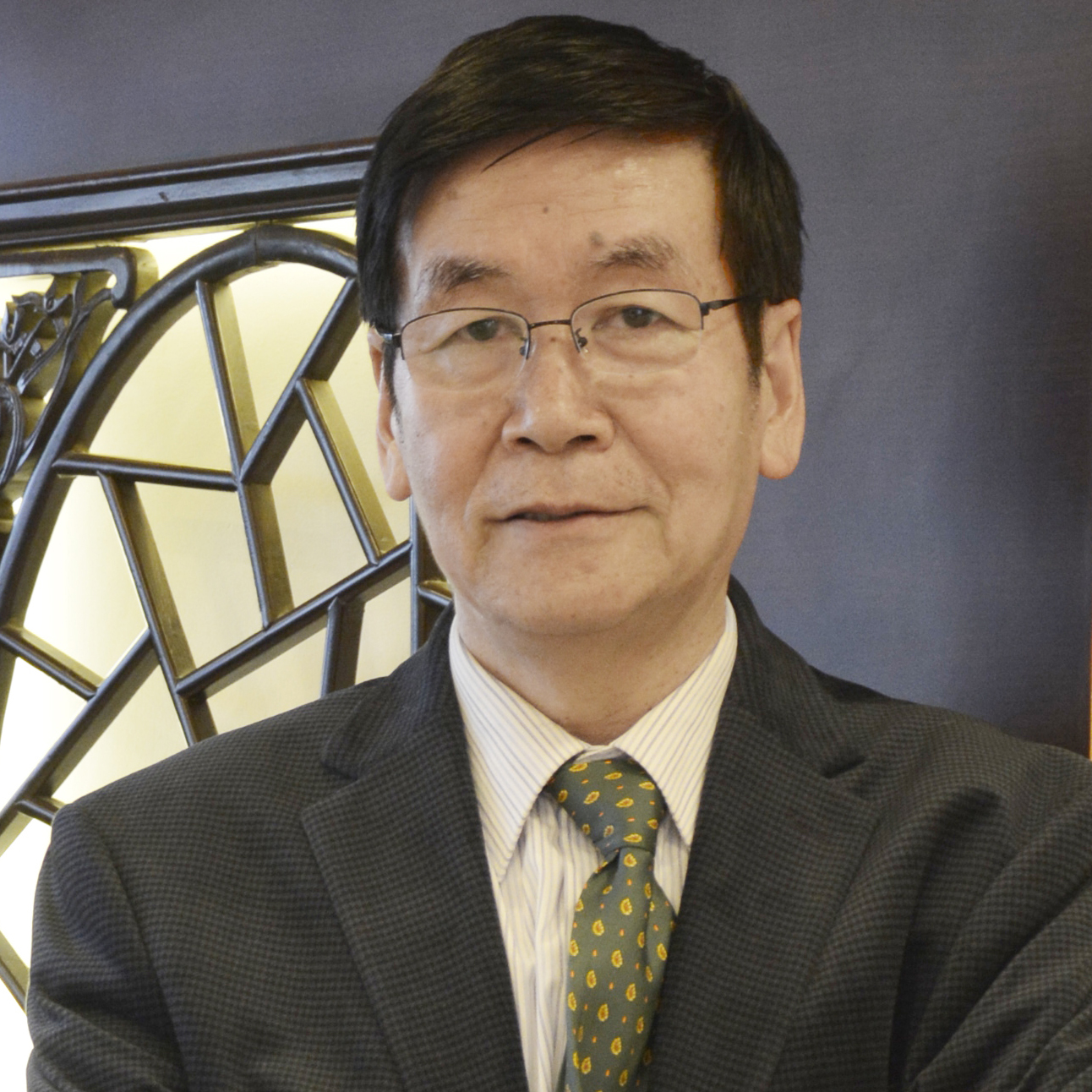





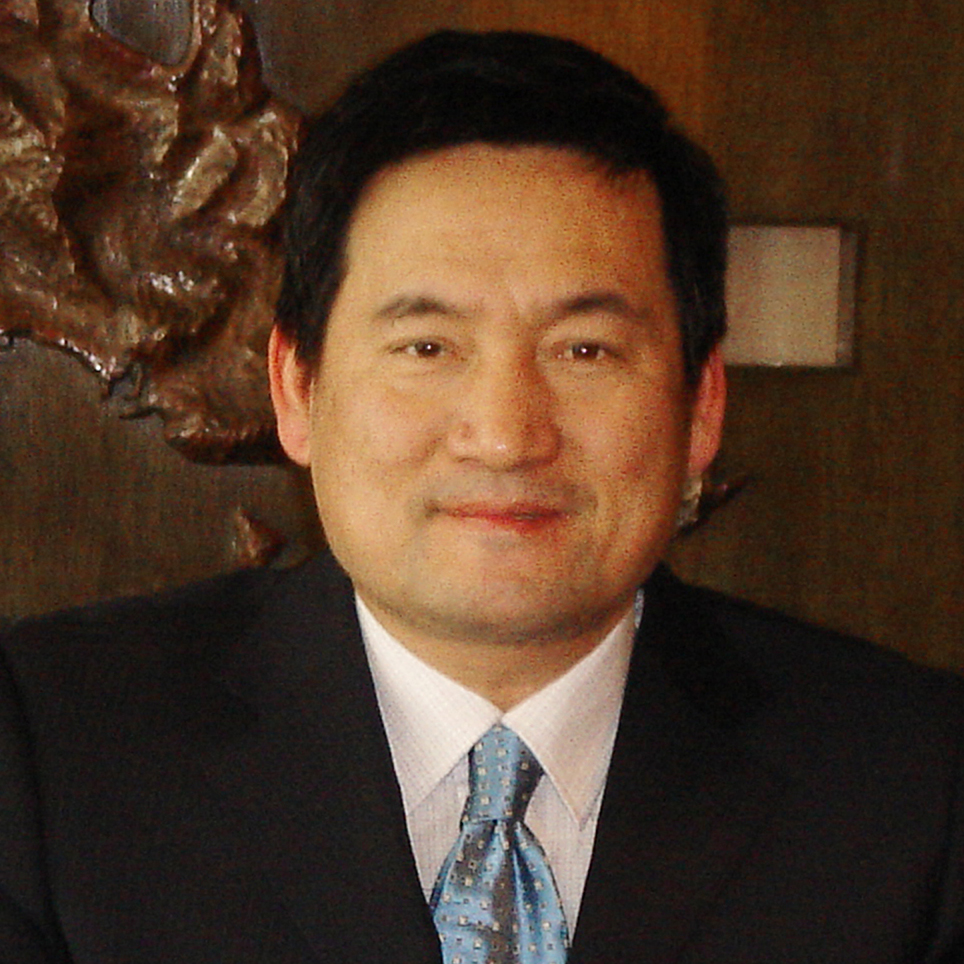








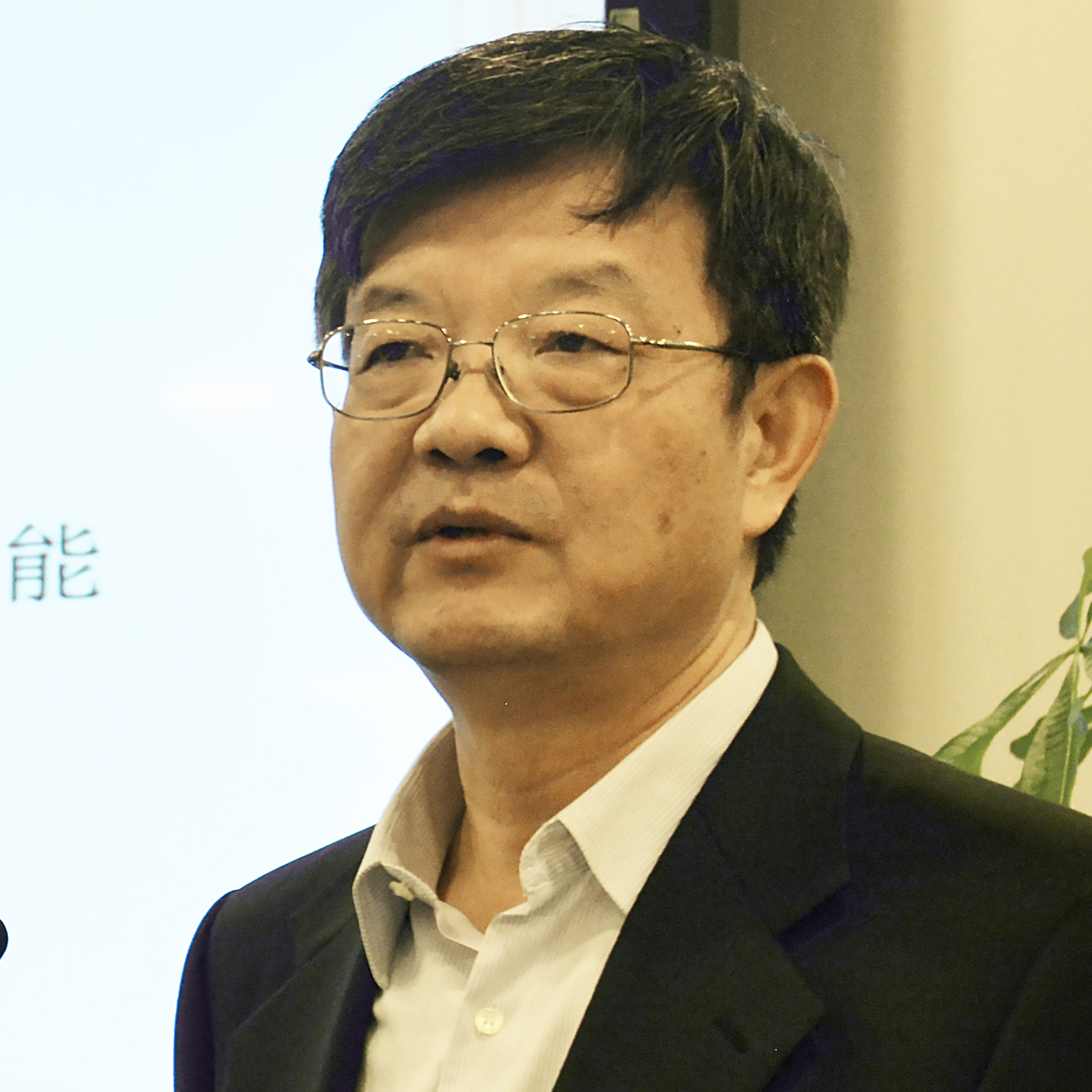





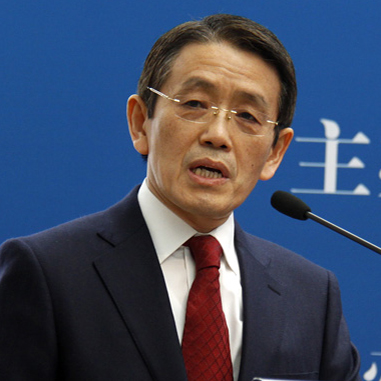

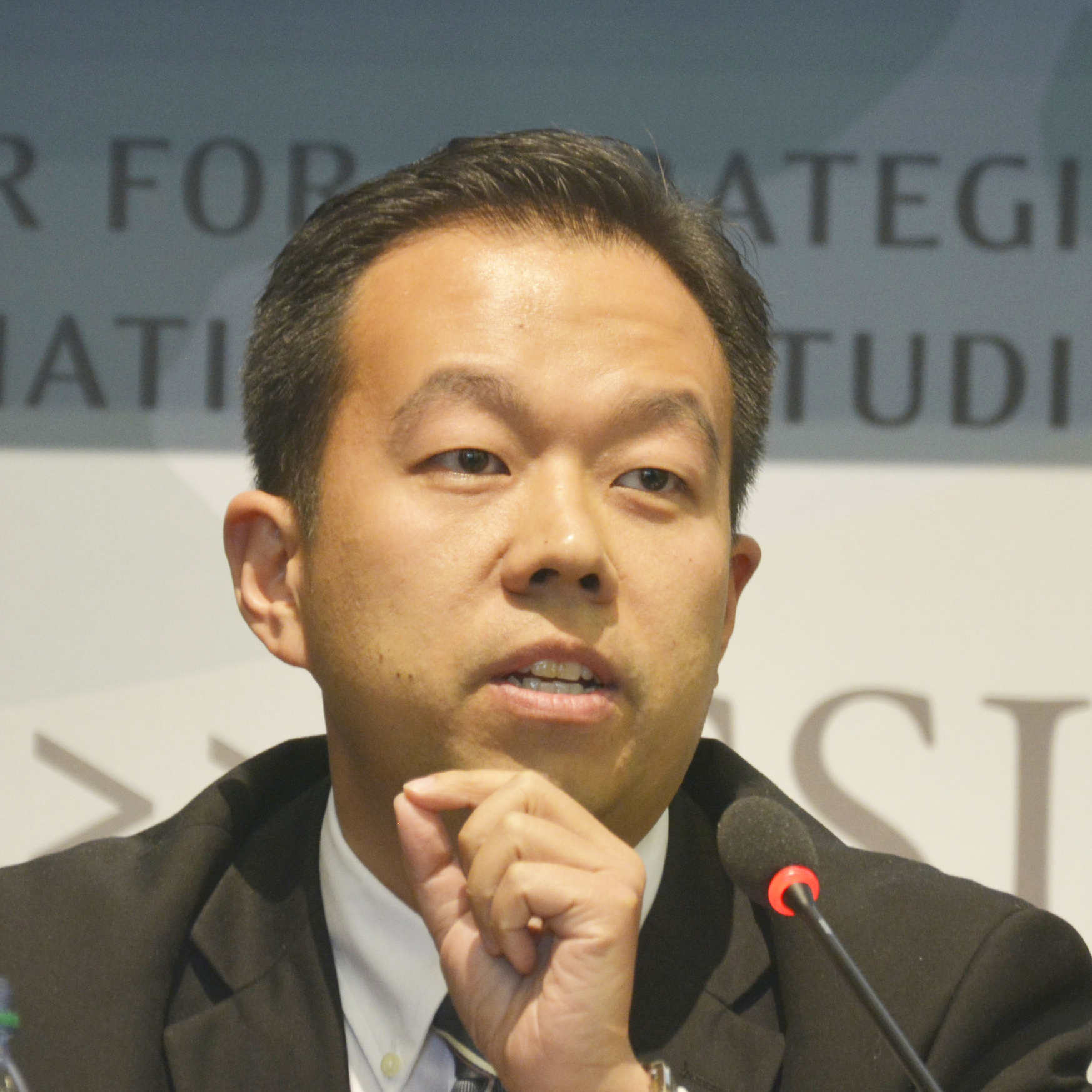










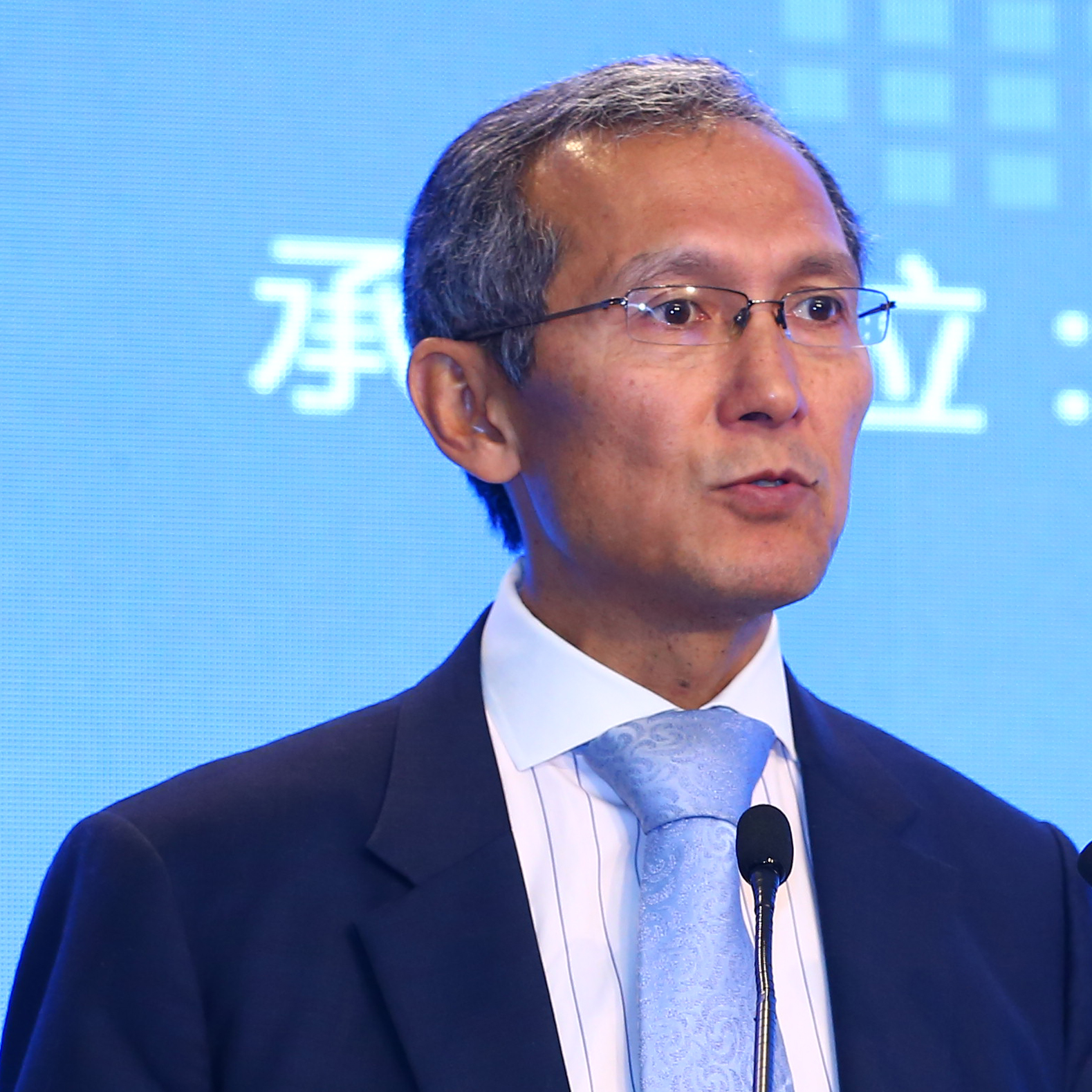

















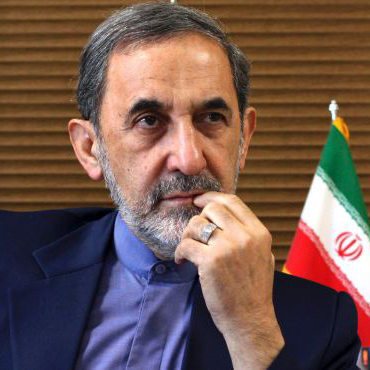






















 京公网安备 11010802037854号
京公网安备 11010802037854号





